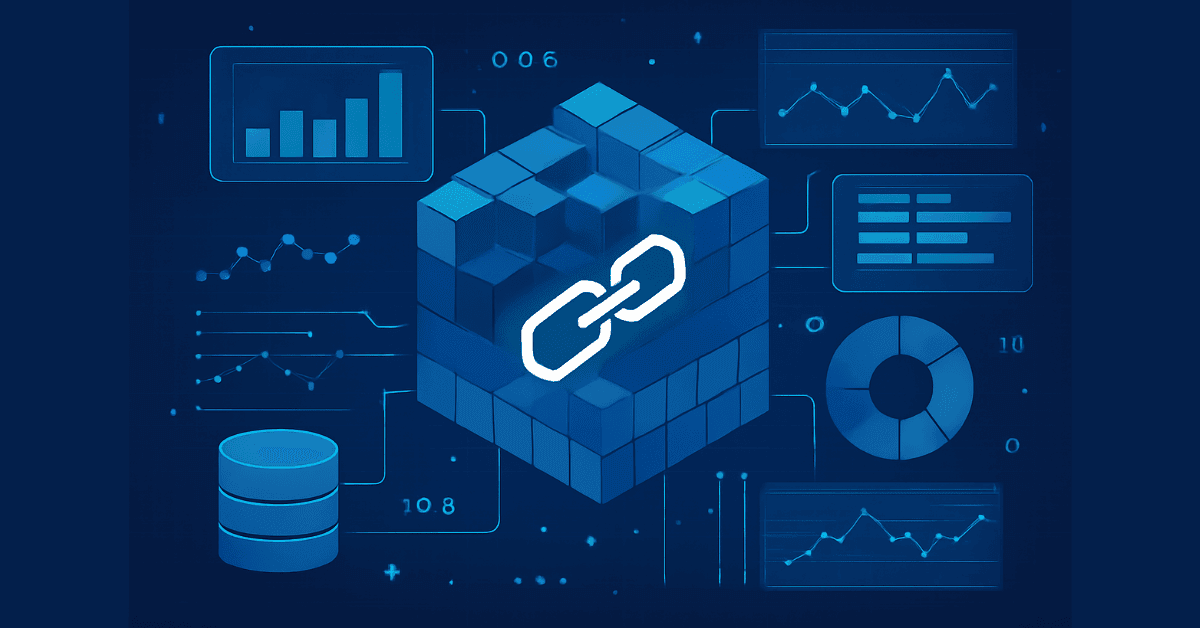
The Overview of On-chain Data in Blockchain
1. What is On-chain?
On-chain refers to activities that are conducted and stored directly on the blockchain network. These activities are permanently recorded, public, and cannot be modified once verified by the network. This foundation ensures transparency, security, and decentralization in blockchain-based systems.
2. Types of On-chain Data
On-chain data comes in many forms, not limited to financial transactions:
-
Cryptocurrency transactions: Transferring assets between wallet addresses.
-
Smart contract interactions: Includes actions with DeFi protocols, DEX, or staking.
-
NFT transactions: Storing and transferring unique digital assets.
-
Governance activities: Participating in voting on DAO systems.
-
Analytical data: Wallet history, cash flow, investor behavior.
3. How On-chain Transactions Work
The On-chain transaction process consists of the following main steps:
-
Creating a transaction: The user creates a transaction and signs it with their private key.
-
Sending to the network: The transaction is broadcast to the network's nodes for validation.
-
Validation: The nodes verify the transaction's validity.
-
Incorporating into a new block: Valid transactions are recorded in a new block.
-
Adding to the blockchain: The new block is linked to the blockchain.
-
Completion: The transaction is permanently recorded and immutable.
4. Advantages and Disadvantages of On-chain
Advantages:
-
Transparency: All transactions can be publicly verified.
-
Security: Data cannot be altered once confirmed.
-
No third-party involvement: Transactions occur directly between individuals.
Disadvantages:
-
High fees: Gas fees can skyrocket when the network is congested.
-
Low transaction speed: Transactions require time to be confirmed and added to the blockchain.
-
Complex for beginners: Requires knowledge of wallets, signatures, and transactions.
5. Real-world Applications of On-chain
On-chain is not just a technology for recording transactions; it also serves as the foundation for a wide range of practical applications:
-
Decentralized Finance (DeFi): Transactions, lending, borrowing, and farming are fully on-chain.
-
Decentralized Autonomous Organizations (DAO): Transparent community governance.
-
NFTs and digital assets: Verifying ownership and transacting without intermediaries.
-
Analytical data: Providing input for investment strategies and cash flow monitoring.